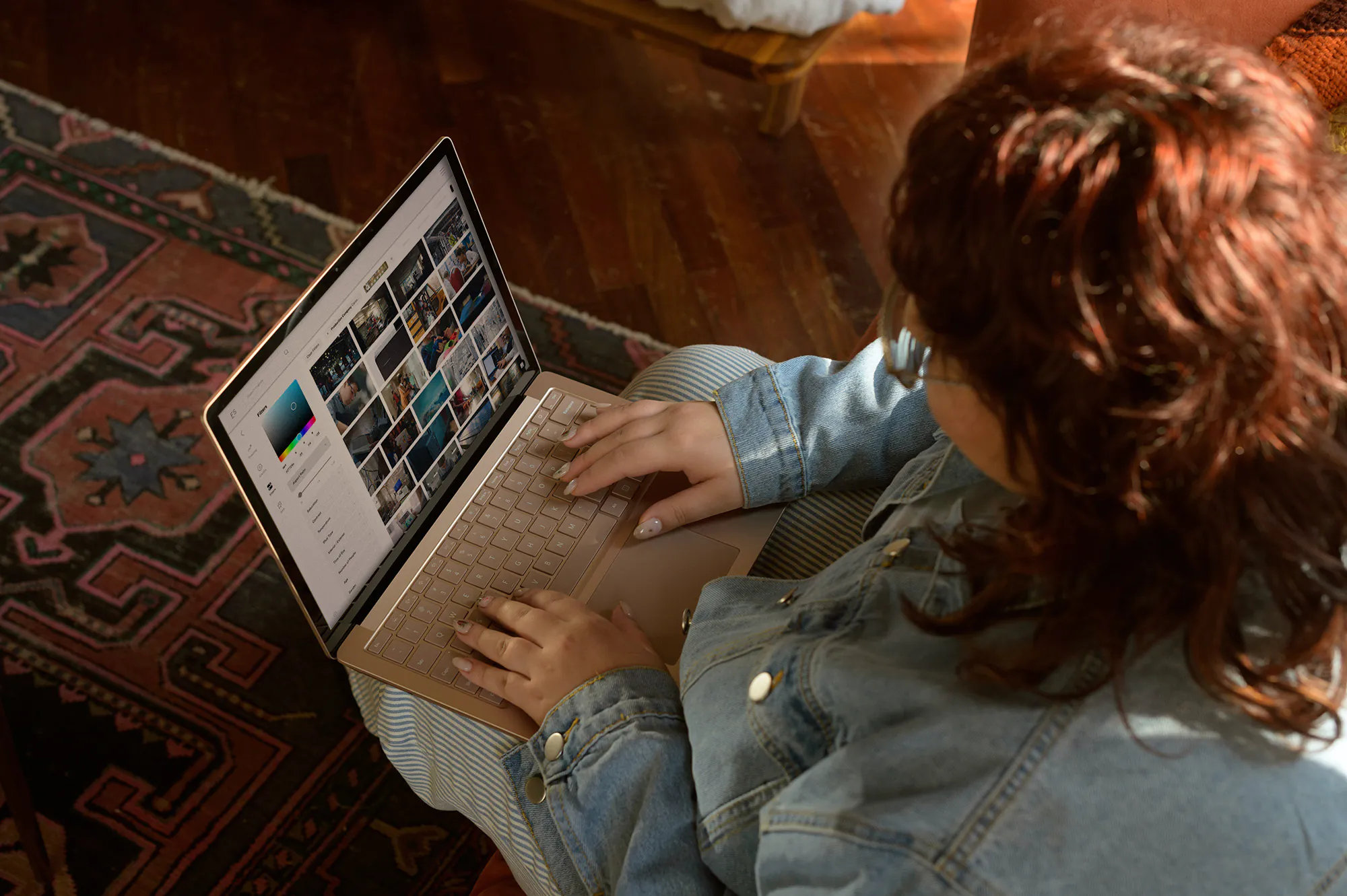Creating a Visual Storyboard for a Short Film

Understanding a Storyboard
Creating a storyboard is an essential part of the filmmaking process, providing a powerful tool to help filmmakers visualize the story they are trying to tell. It allows directors to plan out the various shots, sequences, and transitions they will use, as well as helping them to map out the different elements of their story.
With a storyboard in hand, filmmakers are able to have a better understanding of how their vision will come together on screen and can plan accordingly. Additionally, a storyboard can be used as a reference guide throughout the filmmaking process, ensuring that the director is able to keep track of the various shots and transitions they are creating.
Ultimately, a storyboard helps filmmakers to tell their story in the most effective and visually engaging way possible.

Choosing the Right Software
Choosing the right storyboarding software can simplify the storyboarding process, enabling filmmakers to quickly arrange and edit frames, as well as add notes and annotations to help visualize their story.
Dropbox Paper is by far the most cost-efficient and user-friendly method of creating storyboards, with its intuitive design making it easy to place frames and add notes. However, while it is a great tool, the functions it provides are somewhat limited. It does not provide advanced features such as the ability to add annotations, or arrange references however you’d like, making it unsuitable for more complex projects.

Miro, Milanote, and Booards provide filmmakers with an array of tools to help develop their creative ideas. From adding frames to rearranging them in space, these platforms give users the ability to visualize their ideas in ways that can stimulate creative thinking. This makes it easier for filmmakers to express their ideas in a more meaningful and powerful way.

Adobe Illustrator is a powerful design software used by many professional designers to create stunning and unique visual elements for storyboarding. With its intuitive interface, powerful features, and versatile output options, Illustrator is a tool of choice for many designers looking to create beautiful and eye-catching templates for storyboarding. However it is by the far the most complex to use.

Ultimately, the right software can assist filmmakers in realizing their creative vision for a film by helping them create a comprehensive storyboard. This will not only make the filmmaking process smoother and more efficient, but it can also provide the necessary structure for a successful production.
Find The Right Reference Images
After selecting the appropriate software, it's time to plan the shots for the film. This requires gathering reference images, such as photographs, artwork, and frames, and arranging them on the storyboard to create a visual representation of the story.
Using photographs as a reference image is a great way to create a visual storyboard. Photographs can provide filmmakers with an accurate depiction of how the shots will look on screen, allowing them to visualize what their final product will look like. Additionally, photographs can be used to illustrate the different locations and settings of the film, providing filmmakers with a better understanding of the overall look and feel of the film. Artwork can give filmmakers an interesting and distinctive way to depict their story. Taking the time to find the right artwork for reference can help ensure the storyboard accurately reflects their vision, making it stand out.
Frames (still images from moving pictures) from either commercial, music video, or movies can be especially important to have. Our application, Frame Set, can be very helpful for this purpose. By utilizing frames from other films, filmmakers can get a better understanding of how to create the same kinds of shots and sequences they would like to achieve in their own film. Additionally, frames can be used to create a sense of consistency in the storyboard, as filmmakers can refer to them to ensure that the shots and sequences they are creating are consistent with the overall look and feel of the film.

Placing your Reference Images
It's time to start plotting out the shots on the storyboard. Start by laying out the frames in the order they will appear in the film. This will help you get an idea of the overall flow of the film, allowing you to make changes to the storyboard if needed. Additionally, it is important to consider the camera angles and the characters in each shot, as this will help you visualize the story you are trying to tell.
Lastly, it is important to consider the overall look and feel of the film when selecting reference images and placing them on the storyboard. By taking the time to create a comprehensive storyboard, filmmakers can ensure that their film is as effective and visually engaging as possible.

Add Detailed Annotations
Once the shots are planned out and the storyboard is ready to go, it's time to add detailed annotations to the storyboard. This step is an essential part of the filmmaking process, as annotations provide filmmakers with an important way to visualize what the final product will look like. Annotations can include information such as the type of shot, the camera angles, and the characters in the scene.
Additionally, annotations can be used to make changes to the storyboard as needed, so that filmmakers can ensure that their vision is properly reflected in the finished product. By taking the time to add detailed annotations to the storyboard, filmmakers are able to get a clearer understanding of what the film will look like and make any necessary adjustments before production begins.

Conclusion
Storyboarding is an important step in the production of any short film. With the right materials and a bit of planning, filmmakers can create a visual storyboard to help guide their production. Through adding detailed annotations, filmmakers can ensure that their storyboard is as accurate as possible and can make changes to it as needed.
Find frames for your treatment today




